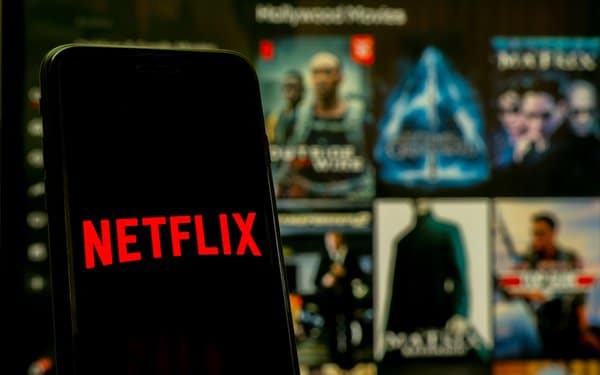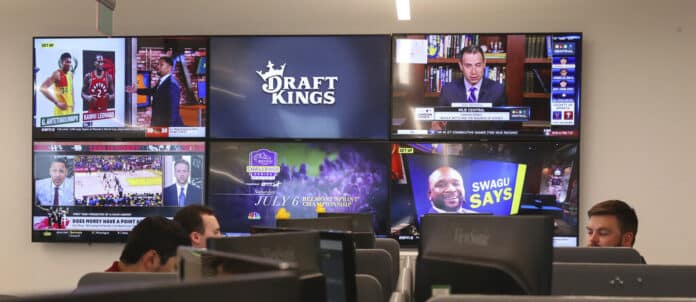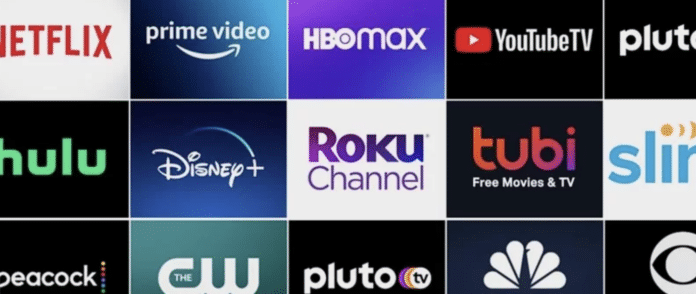Lumen Research, a leading global attention technology company, has recently made several key executive appointments as it continues to expand its reach and focus on growth, particularly in the US market.
Blaise Lucey has been named Senior Director of Marketing and will be based in New York. With over a decade of B2B SaaS experience, he has a proven track record of building marketing programs from the ground up and managing global and local marketing teams for companies such as Criteo, Roku, and Bitly. Lucey sees his new role as an opportunity to help advertisers understand the value of consumer attention in the rapidly changing world of digital advertising.
Tanwa Edu, formerly Head of Consulting, has been promoted to Chief Strategy Officer. With a decade of experience in the media agency world and as COO of a startup online magazine, Edu brings a deep and broad understanding of the media industry to her new role. She is eager to work with Lumen to continue to advance the measurement of attention and link it to meaningful outcomes.
Arthur Cole has been named Chief Operating Officer and will oversee the sales and client success teams as Lumen continues to grow. Cole, who was previously COO at Avocet, which merged with Lumen last year, sees a growing opportunity to offer clients key insights into the efficiency of their ad spend through attention metrics.
Managing Director of Lumen Research, Mike Follett, is confident that these talented individuals will take the company to the next stage of its journey and help to drive change in the way businesses think about attention as a fundamental business tool.
Lumen harnesses eye-tracking panels to measure consumer attention generated by media impressions. Its attention measurement platform, LAMP, records visual attention from consenting panel participants, creating a training data set for machine learning models to score video and display media formats. As the company continues to help a growing roster of clients link attention to outcomes such as engagement, brand lift, sales, and creative performance, these appointments signal an exciting time for Lumen and the attention measurement industry.





















